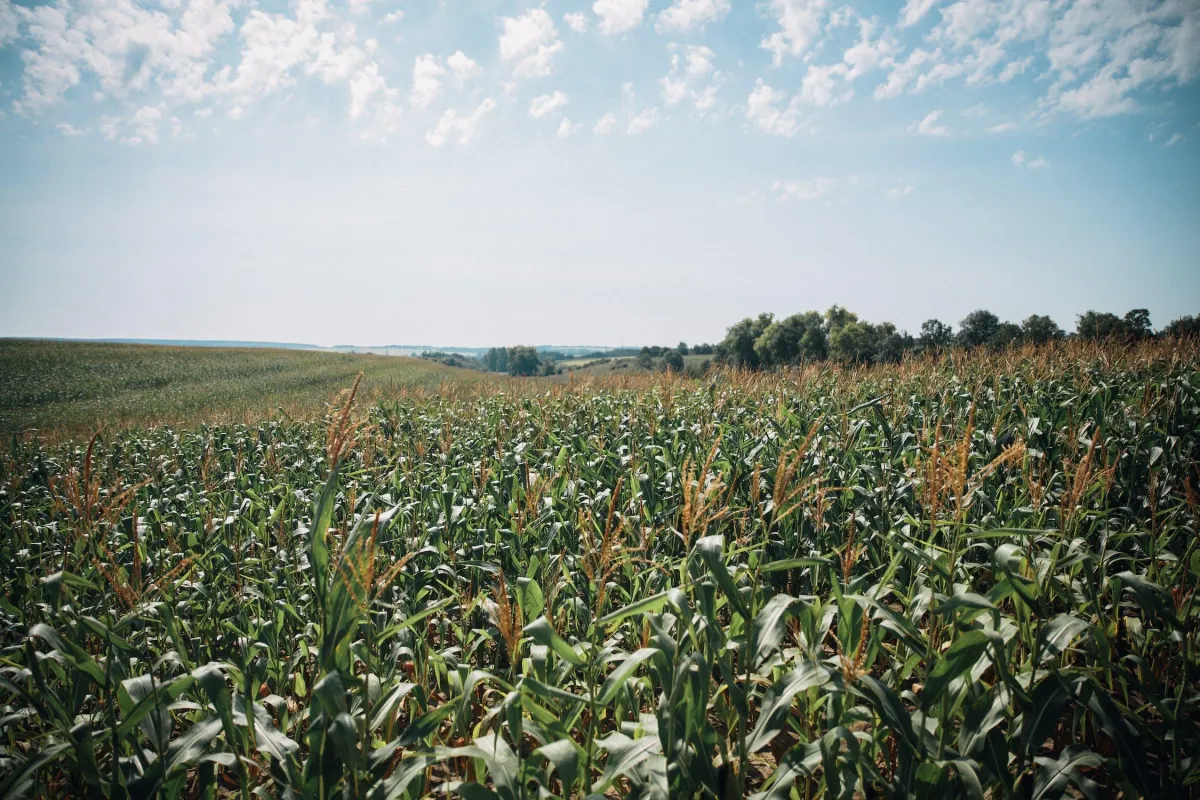Contact Farmland Solutions.Org
Read Our Blogs

How is soil compaction impacting your yields?
Introduction:
Compacted soil creates a barrier to root growth, limiting the plant's ability to absorb water and nutrients from the soil. This can lead to drought stress, disease, and insect damage. In addition, compacted soil has a lower water-holding capacity, leading to increased runoff and evaporation. This means that valuable water resources are lost and cannot be utilized by the crops.

Impact of Soil Compaction on Crop Yields:
Reduced Root Growth and Development: Soil compaction significantly limits the space available for root growth and development. Plant roots need room to spread out and explore the soil for water and nutrients. When soil is compacted, roots are confined to a smaller volume of soil, leading to shallower and less extensive root systems. As a result, crops are less capable of accessing essential resources, which stunts their growth and reduces overall crop yields.
Impaired Water Infiltration and Drainage: Compacted soil has reduced pore space, which hinders the movement of water into the soil. When rainwater or irrigation is applied, it tends to accumulate on the soil surface, increasing the risk of runoff and soil erosion. This not only wastes valuable water resources but also exposes the crops to the risk of drought stress. In cases of prolonged saturation due to poor drainage, crops may suffer from oxygen deprivation, promoting root diseases and further yield losses.
Nutrient Deficiency: Compacted soil limits the diffusion of essential nutrients through the soil profile. Roots struggle to access the nutrients they require for healthy growth and development. Consequently, even if nutrients are present in the soil, they may remain inaccessible to the crops. This can lead to nutrient deficiencies, negatively affecting crop health and yield potential.
Increased Soil Density and Hardpan Formation: Continuous vehicle traffic or heavy machinery in agricultural fields can cause compaction, creating a dense layer of soil called a hardpan. This hardpan further exacerbates root growth restrictions, water infiltration problems, and nutrient availability issues. Crop roots are unable to penetrate the hardpan, resulting in a shallow root system and decreased access to the deeper layers of soil, which may contain vital nutrients.
